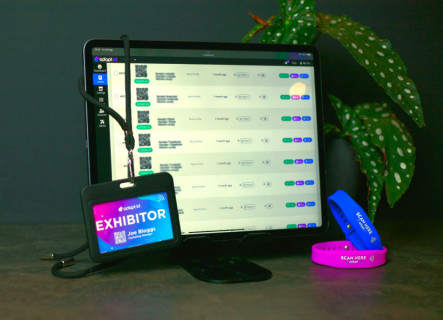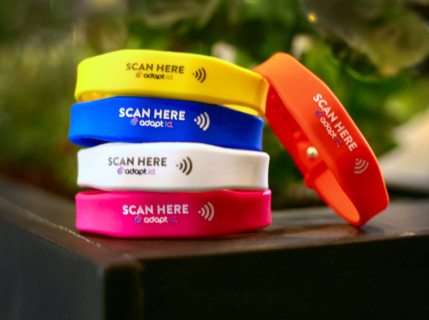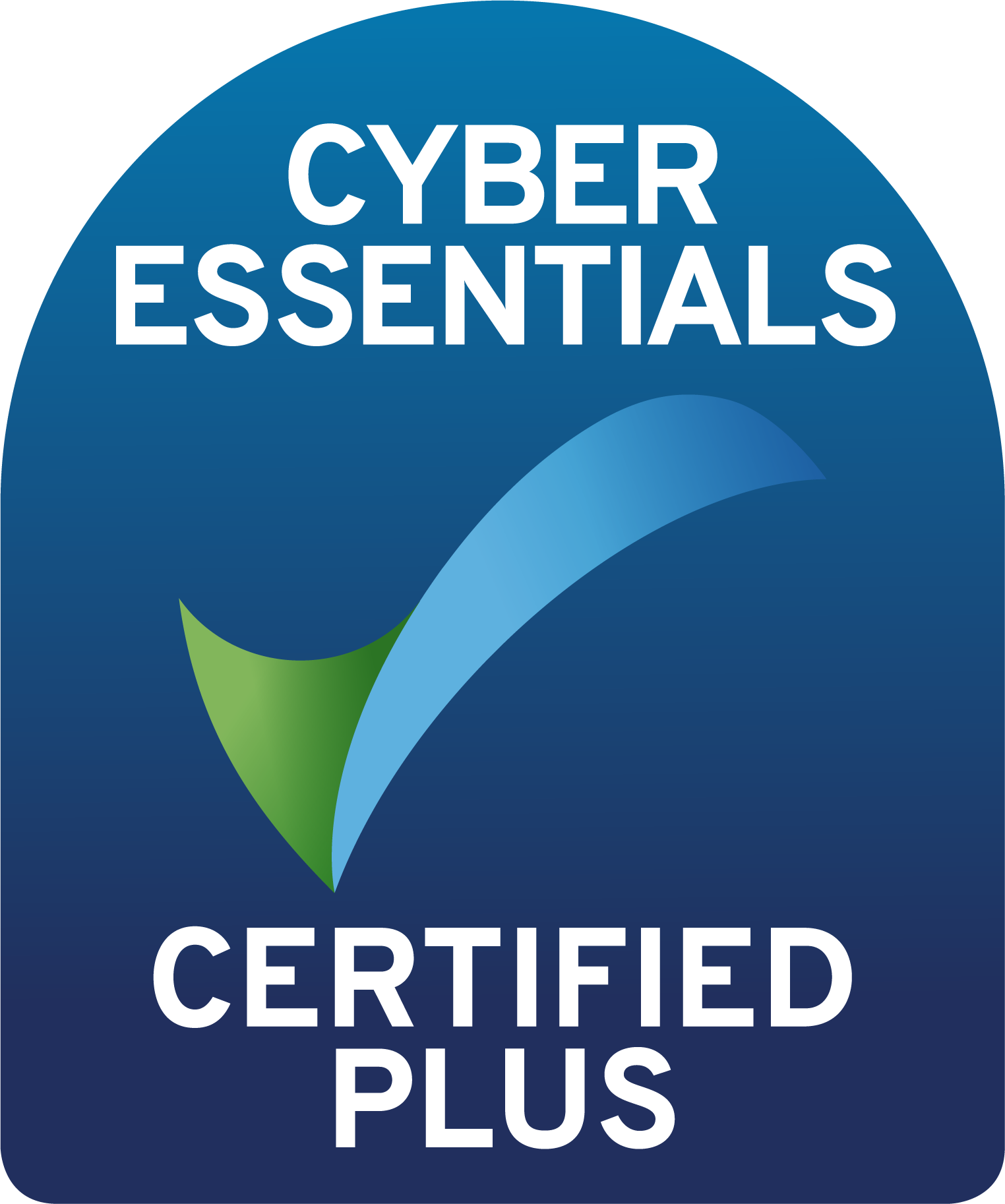NFC (Near Field Communication) technology can significantly improve the efficiency, accuracy, and accountability of daily HGV inspections. By integrating NFC tags and readers into the inspection process, fleet operators can streamline routine checks, reduce paperwork, and gain more detailed, reliable records. Here’s how NFC can enhance HGV daily inspections:
1. Automated Checkpoint Tracking
NFC tags can be placed at key inspection points on the vehicle—such as wheels, brakes, mirrors, lights, and load compartments. During an inspection, the driver taps each tag with a smartphone or handheld scanner to confirm that the component has been checked. This makes it easy to verify that each part of the inspection has been completed systematically, ensuring no items are missed.
2. Real-Time Digital Logging
With NFC technology, every check can be instantly logged in a digital system. Each NFC tap creates a timestamped record that can be uploaded to a fleet management system in real time. This enables managers to monitor inspections as they happen and automatically store comprehensive records without the need for manual data entry or paper documentation.
3. Photo and Fault Reporting
Our NFC Safety Platform allows drivers to take photos if a fault is found at an inspection point. By associating the photo with a specific NFC checkpoint (e.g., a cracked mirror or a low tire tread), drivers can provide visual evidence that is immediately linked to the report. This feature not only improves fault accuracy but also gives fleet managers a clear view of the issue, allowing them to make informed repair decisions.
4. Improved Accountability and Compliance
With our NFC tags, each inspection point interaction can be traced, reducing the risk of missed checks or incomplete inspections. This automated tracking provides proof that a driver has visited each critical point of the vehicle, helping companies stay compliant with regulations, such as those set by the DVSA in the UK, that mandate daily checks. The digital logs serve as tamper-proof records for audits or roadside inspections.
5. Efficient Repair Management and Issue Resolution
When faults are identified, they are instantly recorded in the system and can be flagged for repair. This process allows fleet managers to prioritize and track repair work orders efficiently, ensuring any critical issues are resolved before the vehicle hits the road. The NFC system can also notify drivers if an HGV is flagged as "do not drive" due to an unresolved issue, preventing unauthorized use.
6. Maintenance and Inspection History
NFC tags allow each component’s inspection history to be stored and accessed quickly. Fleet managers and drivers can review previous issues, recent repairs, and inspection frequency by simply tapping an NFC tag. This feature supports preventative maintenance efforts by highlighting patterns or frequently reported issues, leading to proactive vehicle care and fewer breakdowns.
7. Integration with Fleet Management Systems
The Adapt ID Safety Platform can integrate with existing fleet management software, streamlining data flow from inspections to scheduling, maintenance, and compliance. This integration provides a centralized view of each vehicle’s status and health, enabling managers to make data-driven decisions that improve overall fleet performance and reduce downtime.
Summary
The Adapt ID Safety Platform offers a fast, reliable, and transparent way to enhance daily HGV inspections. By automating checkpoint tracking, enabling real-time digital logging, and facilitating detailed fault reporting, NFC can make HGV inspections more thorough and compliant while reducing administrative burdens for drivers and fleet managers alike.










